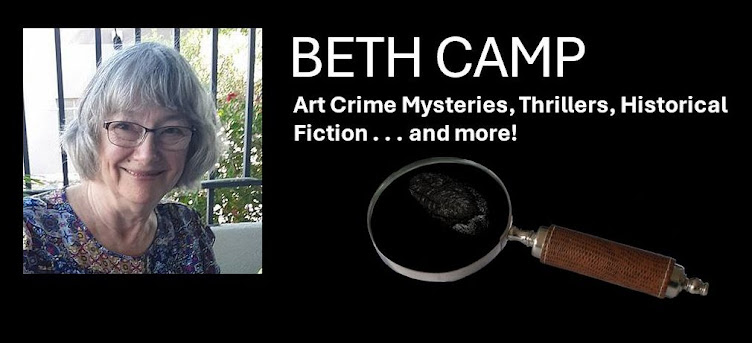Does drafting a story begin with an idea? an outline?
I want to say . . . depends! Some stories rest a long time in that folder, awaiting attention. I'm working on such an idea that began about ten years ago with a visit to the Museum of the Middle Ages (Cluny), in Paris to see the famous 'Lady and the Unicorn' tapestries. But now, after several fits and starts, I want to begin drafting. I have some characters. I have a working plot outline. At least this time, I know how the story ends! Or how at this point I'd like it to end. Writers know that once in full throttle, stories tend to shift and develop in unintended directions!
SIDE NOTE: Most writers fall into two categories, with each side yearning to know at times the secrets from 'the other side.' We're either 'plotters' or 'pantsers.' Plotters plan. They execute outlines beautifully and work straight through to that coveted finish. Revision is part of their methodical process. Pantsers, on the other hand, might begin with a scene and write another, not necessarily in sequence, and add another, take a break to write a character's back story, then write another scene, rearrange all madly, until 'the end' appears magically on the last page. And then revision begins. Much revision. Some call those plotters logical writers, while pantsers are intuitive.
Well, I'm truly a pantser trying to learn from those oh-so-productive plotters. After working through Randy Ingermanson's Snowflake method for the last two months, my fingers are itching to draft. Probably well before a plotter is ready to draft. I'm also setting aside time every day to study writing craft, and I'm working slowly through James Scott Bell's rather wonderful book, Just Write: Creating Unforgettable Fiction and a Rewarding Writing Life. Chapter 2 is all about how to develop your ideas and prepare to write. I'm not posting a spoiler, because this chapter is chock full of strategies. Bell's suggestion about 3x5 cards, though, intrigues me.
Usually, I use 3x5 cards on a cork board about mid-way through the story. Each card gets a scene as I doublecheck logical development, transitions, missing scenes. It's rather fun to rearrange, make sure character arcs work, pull the story apart, and put it back again.
But, Bell's idea has the writer sitting down pretty early in the process.
Imagine you are at your favorite coffee shop with your laptop and a pile of 3x5 cards. Take a sip of that dark brew we all love and simply start drafting scenes, one scene on each 3x5 card. Mind you, the draft has not been written. You may only have the sketchiest outline (if you have one at all). But you're going to draft some 30-40 scenes.
Now comes the magic. I can't tell you for sure this is magic, but this exercise sounds like a lot of fun. Once you have those 30-40 scenes, you pick just TWO at random and look for connections, writing a new scene. I've got my 3x5 cards ready -- and maybe a little later today, I'll start jotting down those scenes. NOTE: I think this strategy just might drive the plotters nuts.
And that's today's post for Blogging from A to Z April Challenge. Why not check out the link to see what others are writing about?


No comments:
Post a Comment